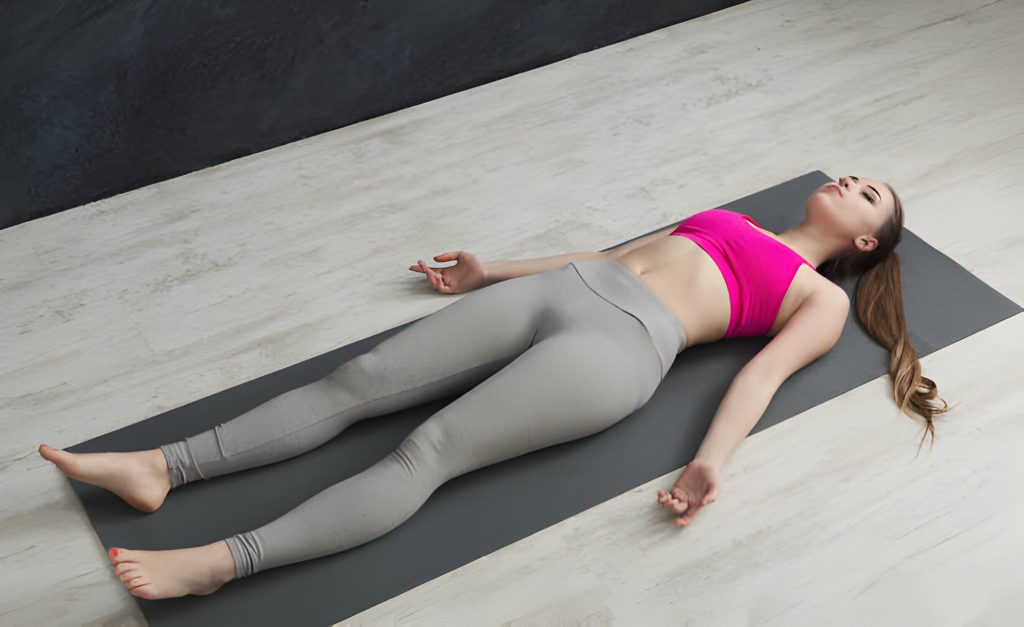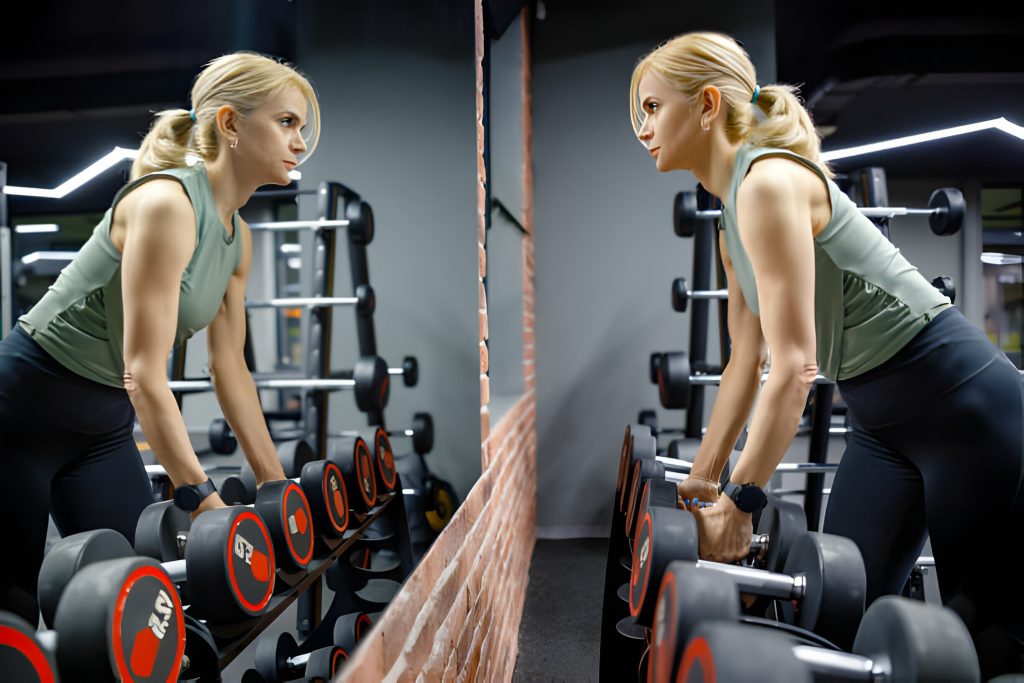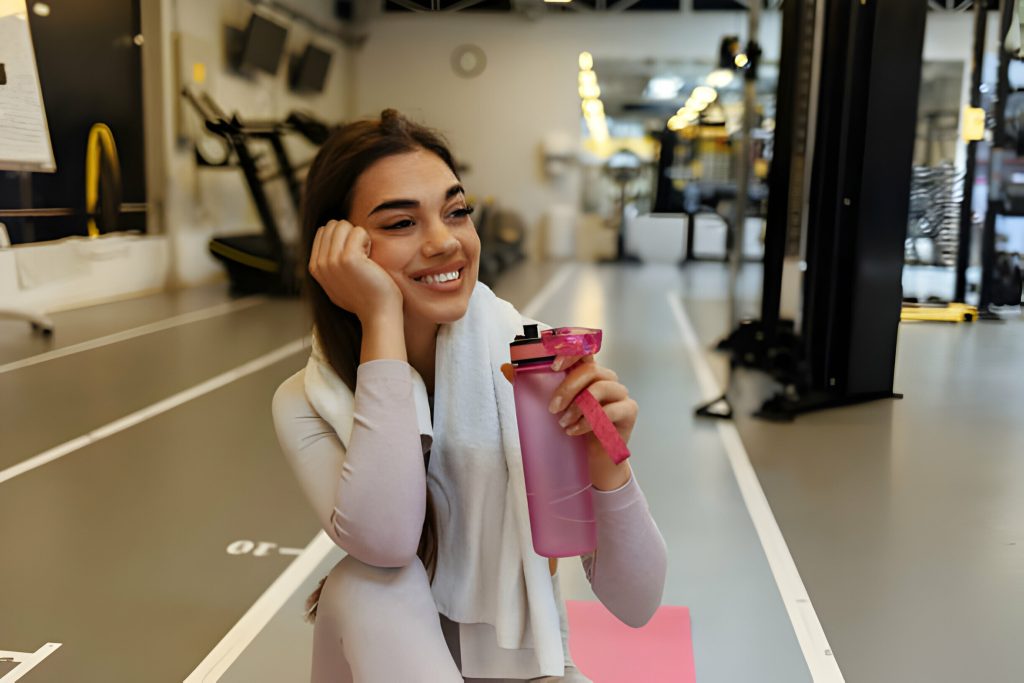Are you tired of struggling to get a flat tummy? Well, look no further! This article will guide you through a series of effective exercises that specifically target your abdominal muscles and help reduce stubborn belly fat. By incorporating these exercises into your routine, along with maintaining a healthy diet and regular physical activity, you can achieve the toned stomach you’ve always desired. So, let’s dive in and discover the key exercises that will sculpt your abs and give you that flat tummy you’ve been dreaming of.
Plank and Side Planks
The plank and side planks are effective exercises for strengthening your core, engaging your abdominal muscles, and improving your overall body composition. The benefits of these exercises include increased stability, improved posture, and a stronger midsection. To perform the standard plank, start by getting into a push-up position with your hands directly under your shoulders. Keep your body in a straight line from head to toe and hold this position for as long as you can. For side planks, start by lying on one side with your forearm on the ground. Lift your hips off the ground so that your body forms a straight line from head to toe. Hold this position for 30-45 seconds on each side. To make these exercises more challenging, you can try variations such as adding leg lifts or using an unstable surface like a stability ball. Remember to keep proper form throughout the exercise and listen to your body’s limits.
Toe Reaches and Leg Raises
Engage your abdominal muscles by incorporating toe reaches and leg raises into your workout routine. These exercises are great for building abdominal strength and promoting core engagement. They can be done by beginners and offer variations to accommodate different fitness levels. It is important to maintain proper form throughout these exercises to maximize their effectiveness and minimize the risk of injury.
Toe reaches involve lying on your back with legs extended upwards, reaching towards your toes while engaging your core. This exercise targets the upper and lower abdominal muscles, as well as the hip flexors.
Leg raises involve lying on your back with legs extended downwards, lifting them up towards the ceiling while keeping your core engaged. This exercise targets the lower back muscles, upper and lower abdominal muscles, quads, and hamstrings.
If you want to add more challenge to these exercises, you can incorporate equipment such as ankle weights or resistance bands for added resistance. Remember to start with lighter weights or resistance bands if you are a beginner and gradually increase as you build strength.
Incorporating toe reaches and leg raises into your workout routine will help you build strong abdominal muscles while promoting core engagement. Make sure to focus on proper form and consider adding equipment for added resistance as you progress in your fitness journey.
| Exercise | Targeted Muscles |
|---|---|
| Toe Reaches | Upper & Lower Abdominals, Hip Flexors |
| Leg Raises | Lower Back Muscles, Upper & Lower Abdominals, Quads, Hamstrings |
Roll Ups or Straight-Legged Sit-Up
Roll ups or straight-legged sit-ups are effective exercises for targeting the abdominal muscles and strengthening the core. When performing roll ups or straight-legged sit-ups, it is important to maintain proper form to maximize the benefits and avoid common mistakes. Start by lying on your back with your legs extended and arms reaching overhead. Engage your core as you slowly roll up, lifting your torso off the ground, and reaching towards your toes. Keep your back flat throughout the movement to prevent strain on the lower back. To modify this exercise, you can bend your knees or use a stability ball for added support. As you progress, you can increase the number of reps or add resistance by holding a weight plate against your chest. Incorporating roll ups or straight-legged sit-ups into your workout routine will help improve abdominal strength and contribute to a flatter tummy.
Bicycle Crunches
To maximize the benefits of bicycle crunches, focus on maintaining proper form and contracting your abdominal muscles as you alternate bringing your right elbow to meet your left knee while straightening your right leg. Here are some key points to keep in mind:
- Benefits: Bicycle crunches help tone the abdominal muscles and obliques, making them an effective exercise for achieving a flat tummy.
- Variations: You can modify this exercise by adjusting the intensity or adding weights to challenge yourself further.
- Proper Form: Make sure to engage your core throughout the movement and avoid straining your neck by keeping your gaze towards the ceiling.
- Common Mistakes: Be cautious of using momentum instead of controlled movements, and remember to breathe steadily throughout the exercise.
Boat Pose
When performing boat pose, focus on maintaining a strong core and balance as you lift your legs off the floor and extend your arms. This yoga pose strengthens your core and spinal muscles while improving balance. Boat pose offers several benefits, including toning the abdominal muscles, improving digestion, and increasing mental focus. For variations, you can try half boat pose by keeping one leg extended while the other stays bent or challenge yourself with a low boat pose by lowering your upper body closer to the floor. Modifications for boat pose include using a strap around your feet to assist in lifting your legs or bending your knees if straightening them is too challenging. Some challenges you may encounter include maintaining proper form and finding stability in balancing on your sit bones. Tips for mastering boat pose include engaging your core throughout the entire exercise, focusing on deep breathing to maintain concentration, and gradually increasing the duration of holding the position.
Burpees
If you want to challenge yourself and work multiple muscle groups at once, try incorporating burpees into your workout routine. Here are some key points to know about burpees:
- Burpee Variations:
- Standard Burpee: Start in a standing position, drop into a push-up position, perform a push-up, jump back up and finish with a jump.
- Modified Burpee: Instead of jumping, step back and step forward to reduce impact.
- Single-Leg Burpee: Perform the standard burpee but lift one leg during the jump.
- Benefits of Burpees:
- Full-body Workout: Burpees engage your arms, chest, core, glutes, and legs all in one exercise.
- Cardiovascular Endurance: The intense nature of burpees helps improve your cardiovascular fitness.
- Strength Building: The explosive movements in burpees help build strength and power.
- Burpees for Weight Loss:
- Burn Calories: Due to their high intensity, burpees can help burn calories and contribute to weight loss.
- Increase Metabolism: The combination of strength training and cardio in burpees can boost your metabolism.
- Common Mistakes in Burpees:
- Poor Form: Maintain proper form throughout the exercise to avoid injury.
- Skipping Steps: Don’t skip any steps or rush through the movement for optimal results.
Burpees vs Other Exercises:
While there are many effective exercises out there, burpees offer a unique combination of cardiovascular endurance and strength building that targets multiple muscle groups simultaneously. Incorporate variations of burpees into your routine to challenge yourself and reap the benefits they offer for weight loss and overall fitness improvement.
Dead Bugs
Engage your core and improve stability by incorporating dead bugs into your abdominal workout routine. Dead bugs are a highly effective exercise that targets your core muscles and helps to strengthen and stabilize your abs. They are great for beginners because they can be modified to suit different fitness levels. To perform dead bugs, lie on your back with arms extended above shoulders and legs in tabletop position. Alternate lowering and lifting each leg while keeping your arms stable and strong. Be sure to maintain contact between your lower back and the floor throughout the exercise to ensure proper form. Dead bugs provide numerous benefits, including improved core strength, increased stability, and better posture. Start incorporating dead bugs into your workout routine today for a stronger, more stable core.
| Engaging Core Muscles | Proper Form |
|---|---|
| Keep arms stable | Maintain contact between lower back and floor |
| Alternate lowering | Lift one leg before walking hands out (advanced) |
| Variations for Beginners | Benefits of Dead Bugs |
|---|---|
| Modify intensity as needed | Improved core strength |
| Focus on proper form | Increased stability |
| Better posture |
Incorporating dead bugs into a workout routine is an excellent way to engage your core muscles, improve stability, and build strength in the abdominal area. Whether you’re a beginner or more advanced in your fitness journey, there are variations that can be tailored to meet your needs. By performing dead bug exercises with proper form, you can target the specific muscles in your abdomen while also benefiting from improved overall stability and posture. Additionally, dead bugs offer the advantage of being accessible without any equipment requirements, making them an ideal option for home workouts or when traveling. So why wait? Start incorporating dead bugs into your ab routine today for a stronger core and enhanced stability!
High Plank With Knees on the Floor
To properly perform a high plank with knees on the floor, start by positioning yourself on all fours and then lower your forearms to the ground, keeping your elbows directly under your shoulders. Once in position, follow these steps:
- Modifications for high plank:
- If you have wrist pain, use a pair of dumbbells or push-up handles to elevate your hands.
- To reduce intensity, hold the plank for shorter durations or take breaks as needed.
- Benefits of high plank for core strength:
- Engages and strengthens the entire core, including the abdominals and lower back muscles.
- Improves stability and posture.
- Proper form for high plank:
- Keep your body in a straight line from head to heels.
- Engage your core by pulling your belly button towards your spine.
- Variations of high plank for a challenging workout:
- Elevated plank: Place hands on an elevated surface like a bench or step.
- Side plank: Lift one arm off the ground while rotating onto one side.
- Progressing from high plank with knees on the floor to full high plank:
- Gradually lift one knee off the floor while maintaining proper form until both knees are lifted.
- Eventually progress to lifting both feet off the floor.
Scissor Legs
The scissor legs exercise targets your abdominal muscles and can be modified to increase intensity. To perform this exercise, lie flat on your back with your legs together and arms by your sides. Roll your legs overhead and place your palms against your lower back for support. Balance on your shoulders as you perform diagonal leg movements, crossing one leg over the other in a scissor-like motion. Roll back down and repeat on the other side. It’s important to maintain proper form during this exercise to avoid common mistakes such as straining your neck or using momentum instead of engaging your core. For advanced practitioners, you can add ankle weights or perform the exercise on an incline bench for added challenge. The benefits of scissor legs include strengthening the abdominal muscles, improving flexibility, and enhancing overall core stability. If you’re a beginner, you can modify this exercise by bending your knees slightly or performing smaller leg movements until you build up strength and flexibility.



